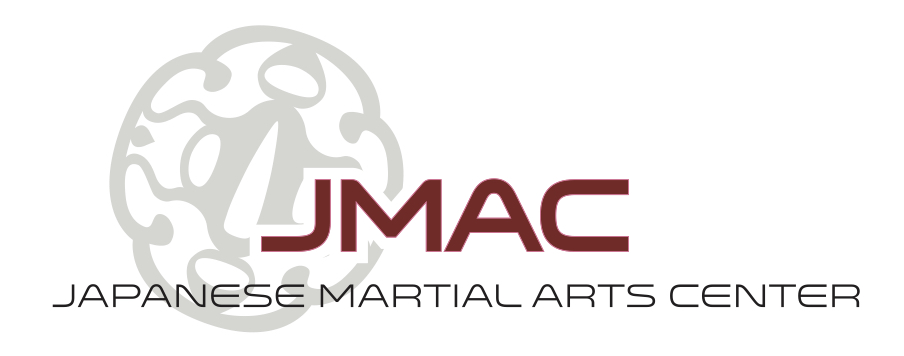
In terms of the body, the martial arts are a collection of postural forms designed to express physical energy in an intelligent way. This expression of energy can be utilized for many practical purposes, such as striking a target, throwing an opponent, or evading an attack.
The martial forms themselves are nothing more than shapes, and these shapes can be regarded as tools. The ability to shape one's body into the appropriate tool at the appropriate time is the physical objective of the martial arts.
In order to accomplish this, it is important to possess both a geometrical understanding of the body, and a spacial understanding of the area the body can potentially occupy.
To understand the body geometrically, one should first be aware of the physical center point where the body's mass and balance naturally settles. This point is known as tantien in the Chinese arts, and hara in the Japanese arts. Awareness of this point is necessary because it is the origin of the shape the body assumes. The body itself can be envisioned as a vertical line that originates at the body's physical center. When standing at rest, this line runs up the spine through the headtop, and down the tailbone to the ground.
To understand the potential space the body can occupy, one should first envision a sphere whose radius originates at the body's origin, its physical center.
If circumstances demand occupation outside this sphere, then the origin of the sphere must be repositioned to accommodate. Now, the line that represents the body can bow or hinge to shape new tools within the sphere. However, to maintain structural integrity and unification, there are two requirements that must be maintained: The first is that one's shape must either move from its origin or around around its origin; the second is that every point on the line that represents the body must be contiguously connected to the origin. If either of these requirements falter, then the form suffers disorganization, and effectiveness of the body as a tool diminishes.
- By Daniel Holland, Instructor at JMAC, sandan iaido, nidan judo, nidan jujutsu
